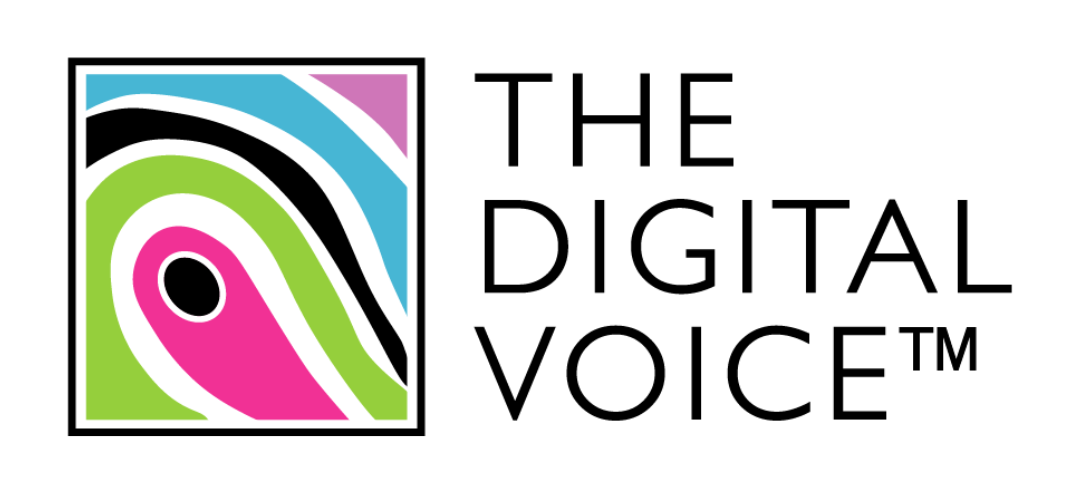2025 Predictions: Open Web

As the open web becomes increasingly saturated with content and new websites, the risk of advertising in the environment is growing. Low-quality websites are a major reason why almost a quarter of programmatic ad spend is squandered, according to research from the Association of National Advertisers.
Going into more detail, a 2024 ExchangeWire report in association with Lumen, details how a primary cause for wasted ad spend is ads ending up on MFA (made-for-advertising) sites. Not only do MFA sites threaten genuine media publishers, but the high number of ads displayed on these sites also means advertisers’ efforts are likely going unnoticed and ignored. Just because ads are viewable, does not mean that they are actually being seen by the consumer.
Looking elsewhere, privacy will continue to be a major challenge for advertisers as 2025 progresses. Although Google abandoned its plan to deprecate third-party cookies for all Chrome users, its decision to instead introduce an easily adjustable way for users to block off all third-party cookies essentially does still deprecate the third-party cookie. As a result of the update, the number of users accepting third-party cookies on the open web is likely to decrease dramatically.
Looking to the year ahead, what can advertisers expect from the open web and how should they be preparing themselves? We asked leaders from across the ad tech industry.
Direct relationships with premium publishers will be beneficial to advertisers
The open web faces a number of challenges and opportunities in 2025. The increased focus on privacy regulations will limit the ability for data collection, and therefore also, the ability to target audiences, with or without third party cookies. Additionally, increasing levels of ad fraud on the open web may cause advertisers to lose confidence in their ability to reach a real, engaged audience. And reduced levels of quality control on the open web may lead to brand safety concerns, as well as a less engaged, more transient audience experience.
By contrast, direct relationships with premium publishers are often able to offer better first party data, allowing for more effective, accurate targeting. They also create a controlled, brand-safe environment, reducing the risk of ad fraud and improving brand perception. Moreover, these high-quality environments are trusted by advertisers, and tend to attract loyal, more engaged audiences.
Sean Adams, Chief Marketing Officer, Brand Metrics
Curation will become the industry standard for programmatic
Sell-side curation will continue its acceleration, becoming the industry standard for programmatic advertising to deliver improved addressability and scale, connecting sell- to buy-side data signals via a smart loop cycle for greater inventory optimisation and better outcomes. More buyers and brands will benefit from access to improved quality with smart curation technology. Curation will also become omnichannel, introduce ad creative curation elements, and prove its sustainability credentials in partnership with carbon measurement partners. All of this is great news for the open internet and will ensure it continues to flourish as we move fully towards the new model of signals-based advertising.
Filippo Gramigna, co-CEO, Onetag
Read more in: Exchangewire


